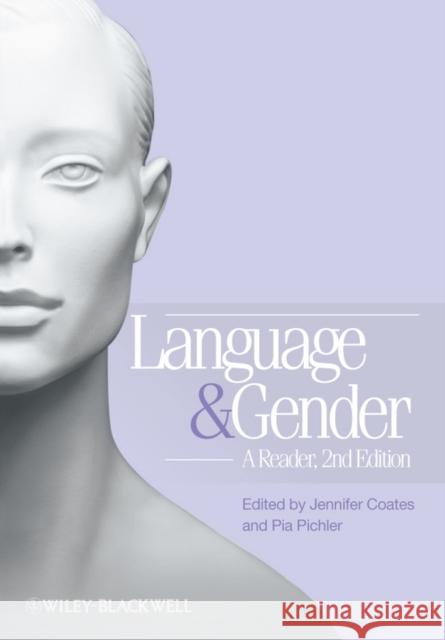Language and Gender - A Reader 2e » książka
Language and Gender - A Reader 2e
ISBN-13: 9781405191449 / Angielski / Twarda / 2011 / 640 str.
The new edition of Language and Gender: A Reader responds to the wealth of research that has shaped the field since its initial publication in 1998. Retaining many of the foundational entries that have made the volume so popular, the second edition has been fully revised, and now includes 23 new articles and two entirely new sections.
- A fully revised new edition of this popular Reader which explores the widening range of language and gender research, both geographically and socially, along with changing theoretical and methodological approaches
- Combines the very latest research with classic works that established the field
- Features 23 new articles spanning 1997-2009 and two new sections on language, gender and sexuality, and the relevance of gender in the analysis of spoken interaction
- Draws on research from all over the world, including Brazil, China, and Japan, as well as North America and Europe
- Discusses a wide range of topics including single and mixed-sex talk; language, gender and power; gendered talk in the public domain; and language, gender and sexuality.
- Includes accessible introductions to each section, which contextualize each entry
The new edition of Language and Gender: A Reader responds to the wealth of research that has shaped the field since the book’s initial publication in 1998. Coates and Pichler combine new research articles with foundational works, and they accordingly draw on research from all over the world including Brazil, China, and Japan as well as North America and Europe. The Reader discusses a wide range of topics including single and mixed–sex talk; language, gender and power; gendered talk in the public domain; and language, gender and sexuality. The volume is divided into ten sections exploring gender differences in pronunciation and grammar; in conversational practice; power and dominance in mixed talk; same–sex talk; talk in the public domain; and debates on gender and power and on difference or dominance. There are two new sections, on language, gender, and sexuality; and on debates around the relevance of gender in spoken interaction. The Reader concludes by discussing new directions in language and gender research, including the concept of the Community of Practice, the significance of gender and language ideologies, and the influence of social constructionism on the field. The editors have kept the strongest features of the previous edition, while adding in twenty–three new and important pieces.Coates and Pichler have assembled an invaluable resource that engages the reader with the research and asks what is next for this vibrant and wide–ranging field. Introducing students to key theoretical debates and demonstrating the variety of methodologies that can be applied to the study of language and gender, this unique collection is a vital resource for anyone exploring the issues of women’s and men’s talk.











